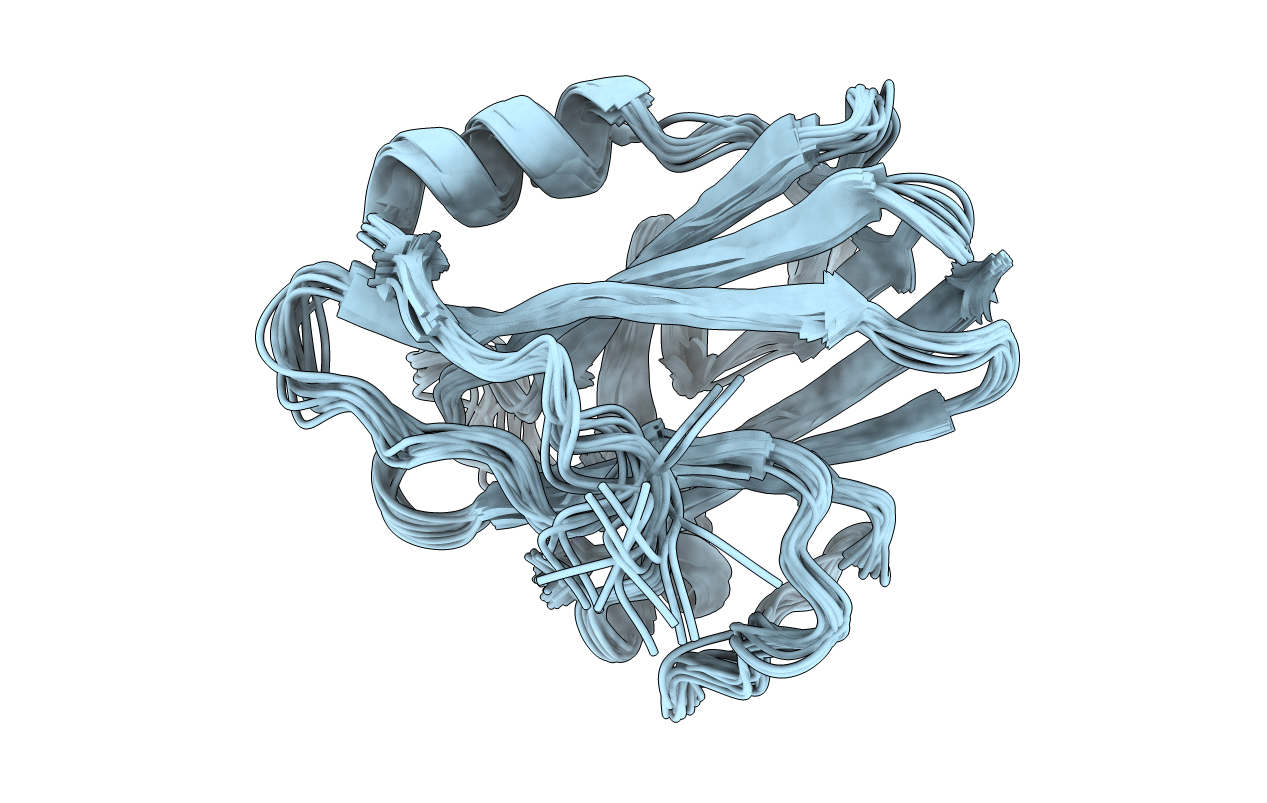
Deposition Date
1996-04-19
Release Date
1996-11-08
Last Version Date
2024-05-22
Entry Detail
Biological Source:
Source Organism:
Acidithiobacillus ferrooxidans (Taxon ID: 920)
Host Organism:
Method Details:
Experimental Method:
Conformers Submitted:
15


